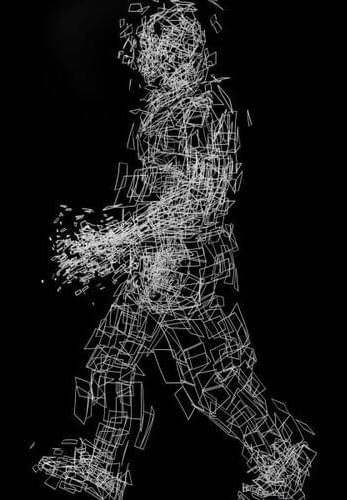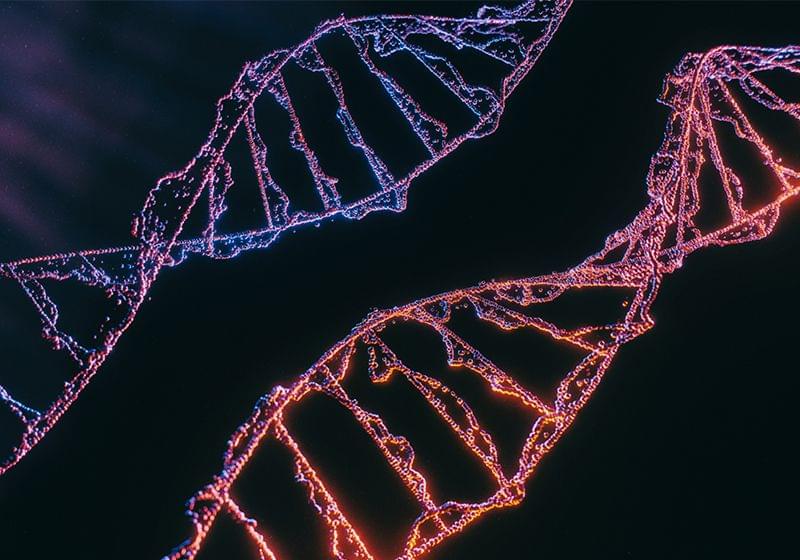Feb 27, 2024
Electrification Leads To All-Wheel-Drive Dominance
Posted by Shailesh Prasad in categories: sustainability, transportation
When analyzing the all-electric vehicle (EV) market, we have noticed that the segment shifted towards all-wheel-drive (AWD) powertrains. The front-wheel-drive (FWD) and rear-wheel-drive (RWD) models are in the minority.
It wasn’t always like that though. Between 2010 and 2013, there were only single-motor FWD and RWD models on the market. Things changed in the 2014 model year when Tesla introduced a dual-motor AWD version of the Model S (85D).
In the 2015 model year, Tesla expanded the dual-motor family to a few versions (about a quarter of all versions on the market, at the time), and then doubled the AWD lineup with the newly launched Model X in the 2016 model year.


















